HIRADO

Food
The cuisine or Hirado includes both meat and seafood dishes, and both are delicious! Hirado beef is famed for its marbling and soft texture, while fresh-caught clams and flounder bring the tang of the sea to your meal.

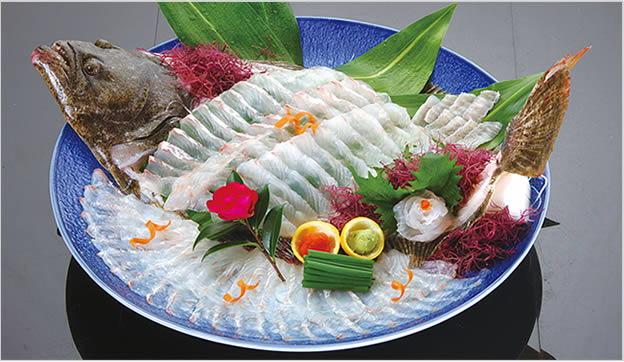
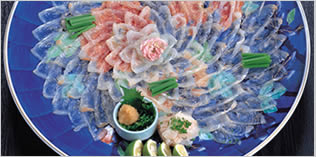
Flounder is recognized as a high-grade fish, and Hirado boasts one of the highest catches in Japan. Enjoy the unforgettable flavor of fresh-caught flounder!

The seas off Ikitsuki Island are dotted with fixed nets, yielding fresh-caught smelt with firm, succulent meat. Winter is the best season.
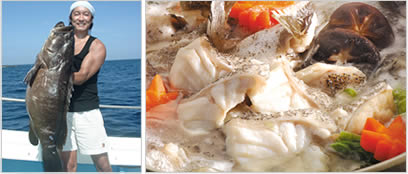

Known across Japan as a synonym for high-quality beef, raised in the open nature of Hirado. Perfect for both steaks and barbeques,at restaurants throughout the region.
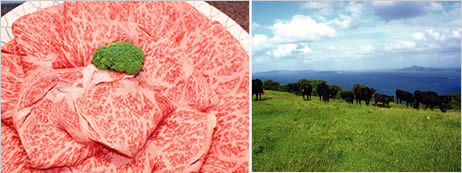
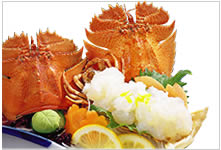
Shijiki in Hirado is a treasure trove of marine life. Slipper lobsters nurtured by the warm Tsushima Current are popular for their flavor:as delicious as Ise lobster!
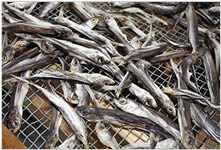
Known locally as “ago,” these fish are soaked in water for 7~8 hours, then airdried. A quick roasing turns them into the perfect snack while drinking.
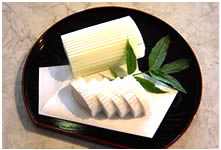
Fresh Fish caught in the waters off Hirado are ground, wrapped in sheat straw, and steamed to perfection in a special process.
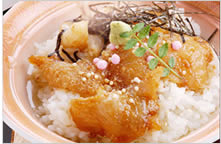
Beloved by fishermen since ancient times, hot tea is poured over the sea bream and rice, and flavored with nori and wasabi.
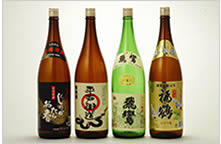
Hirado Island, the distillery at the western tip of Japan... Shochu distilled spirits made with potatoes are highly unusual in Japan, and a special treat for visitors.

Brought to Japan by missionaries 400 years ago, together with the recipe for “castella” sponge cake. A popular gift and a Hirado specialty.
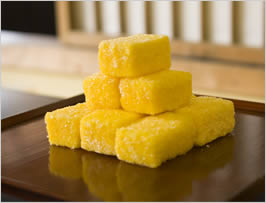

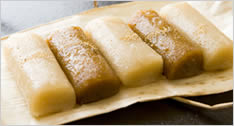
The recipe is said to have come from Wang Wu-Feng of China some 440 years ago. The name is taken from the gobo(burdock) plant, which the rice cakes resemble in color and shape.
Old-style sweets
Tsuruya and Sakaiya, orderd by the han to prepare sweets for use in the Chinshin School of tea ceremony, developed a range of treats introduced in the “Original Picture Book of 100 Confectioneries” issued in 1841 to 1846,during the Edo period.